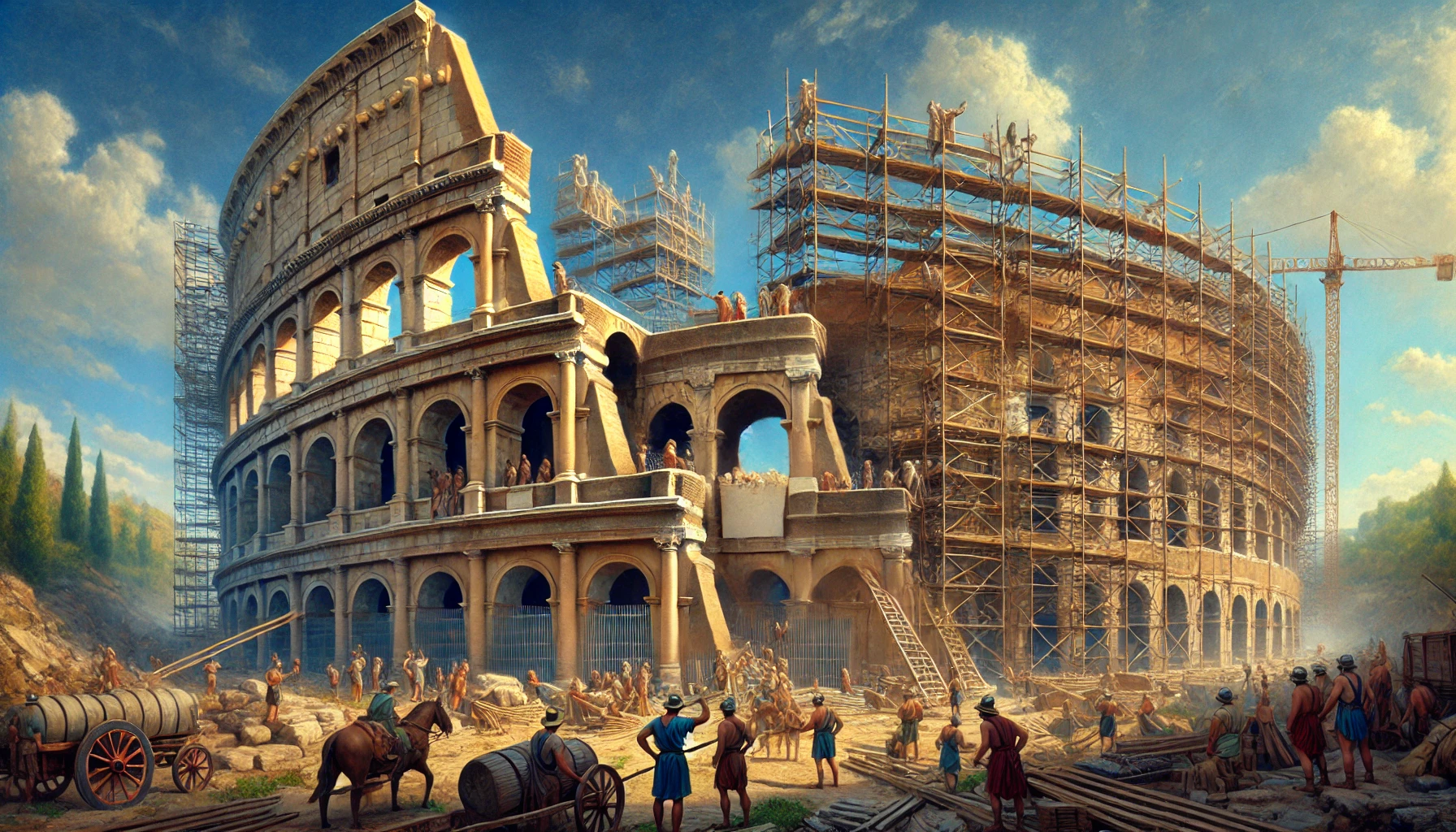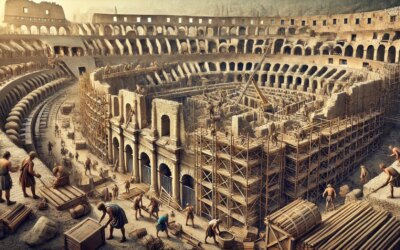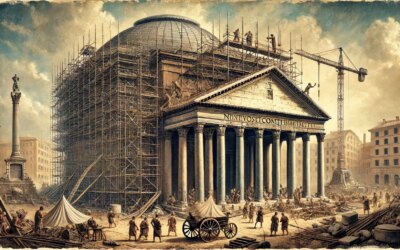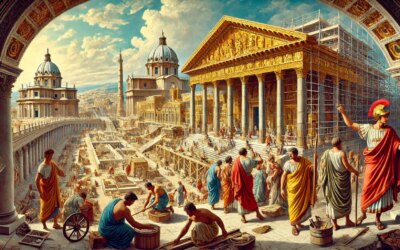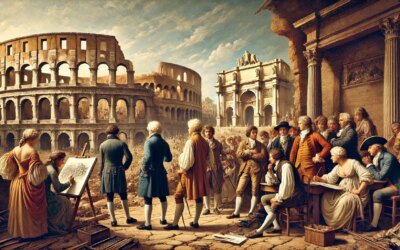Introduction: A Symbol of Imperial Grandeur
In 72 AD, construction began on what would become the most iconic monument of ancient Rome: the Colosseum. Commissioned by Emperor Vespasian of the Flavian dynasty, the massive amphitheater was intended not only to provide public entertainment but also to project the might, ingenuity, and generosity of the Roman state. Its construction marked a turning point in Roman architecture and urban planning, reflecting the empire’s peak confidence and power.
The Political Context: Bread and Circuses
Following the chaotic Year of the Four Emperors (69 AD), Vespasian sought to stabilize and legitimize his rule. Part of this strategy involved public works designed to curry favor with the Roman populace. Building a grand arena on the site of Nero’s private lake—part of the disgraced emperor’s lavish Domus Aurea complex—was a political masterstroke. It reclaimed land for the people and offered a new venue for gladiatorial games, animal hunts, and public spectacles.
The Colosseum’s Innovative Design
The Colosseum, or Flavian Amphitheater as it was originally known, showcased cutting-edge Roman engineering. Standing over 48 meters (157 feet) tall, with a circumference of 545 meters (1,788 feet), it could hold between 50,000 and 80,000 spectators. Key innovations included:
- Concrete and Vaulting: Extensive use of Roman concrete and barrel vaults allowed for rapid construction and enormous structural strength.
- Hypogeum: An underground complex of tunnels and cages facilitated elaborate shows with animals and scenery emerging onto the arena floor via elevators and trapdoors.
- Velarium: A massive retractable awning system provided shade for spectators, a marvel of naval-inspired engineering.
- Efficient Crowd Management: The amphitheater featured 80 entrances, enabling rapid ingress and egress, an architectural feature unmatched for centuries.
The Workforce Behind the Marvel
The labor force included thousands of skilled artisans, engineers, laborers, and, crucially, enslaved people, many of whom were prisoners from the Jewish War (66–73 AD). The project was funded partly by the spoils of that conflict, including treasure looted from the Temple in Jerusalem. Thus, the Colosseum not only symbolized Roman technological prowess but also the brutal realities of imperial conquest.
The Role of Vespasian and Titus
Although Vespasian initiated construction, he did not live to see its completion. His son and successor, Titus, officially inaugurated the Colosseum in 80 AD with 100 days of games, including gladiatorial contests, beast hunts, and even staged naval battles, demonstrating the new structure’s versatility and magnificence.
The Colosseum in Roman Life
More than just a venue for bloodsport, the Colosseum was a microcosm of Roman society. Seating arrangements reflected the rigid social hierarchy: senators and elites near the arena floor, commoners higher up, and women and slaves confined to the topmost tiers. The games served political, religious, and entertainment purposes, reinforcing Roman values of bravery, endurance, and martial prowess.
Legacy of the Colosseum
Despite earthquakes, fires, and centuries of neglect, the Colosseum remains an enduring symbol of Rome. Its influence is visible in countless arenas and stadiums built throughout history. Designated a UNESCO World Heritage Site, it continues to captivate millions of visitors annually, embodying both the grandeur and the complexity of Roman civilization.
Conclusion: A Monument to Rome’s Ambition
The construction of the Colosseum under Vespasian was more than a feat of engineering; it was an act of political renewal and cultural statement. Rising from the ruins of Nero’s tyranny, the Colosseum proclaimed a Rome reborn in strength and unity. It remains one of the ancient world’s greatest achievements—a testament to the heights of ambition and creativity that defined the Roman Empire.

